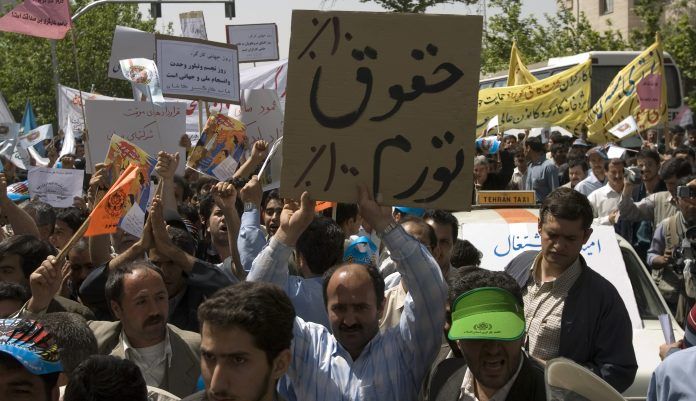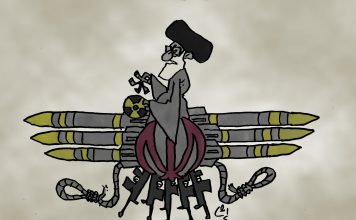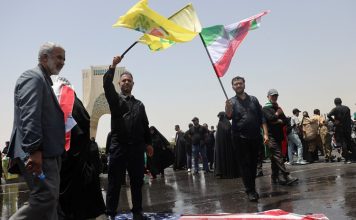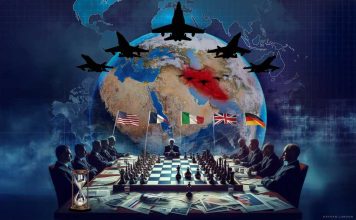
By Kayhan Life Staff
Iran has the fourth highest inflation rate in the world, Ayoub Faramarzi, the deputy director for economics and accounting at the Statistical Center of Iran (SCI) has said.
In comments reported by the Tehran-based 90-Eghtesad economics news website on July 28, Dr. Faramarzi noted: “The consumer price index [CPI] for 475 goods has risen by 26 percent, causing Iran to have the fourth highest inflation rate in the world.”
“We calculate the inflation rate using a global standard formula,” Dr. Faramarzi explained. “We determined the price of 475 products by speaking to families in 231 cities and 626 villages across the country about their monthly household expenses, the cost of goods, and an average consumption of certain products.”
“To reiterate what I said earlier, the CPI for 475 goods has risen by 26 percent, causing Iran to have the fourth highest inflation rate globally,” Dr. Faramarzi added. “The data is alarming. Inflation has risen by 6.4 percent in July alone. The number can rise further by the end of the year if the trend continues.”
According to a recent report by the SCI, the price of poultry, which is the staple food of the shrinking middle class, has gone up by 39.2 percent in July. The price of eggs, which is the primary source of protein for people who live under the poverty line, has increased by 42 percent in the same month.
Hyperinflation has forced many families to live on much tighter budgets and reduce their monthly expenses. The average household spends 5.4 percent less on essential goods, including food products from a year earlier. Data also shows that Iranian families spend 35 percent less on entertainment and leisure than a year earlier.
The prices of shoes and clothing have increased by 31.6 percent in the past year, forcing most households to reduce their spending on non-food products by 43.3 percent.
In an interview with the government’s ICANA News Agency on July 29, Farhad Tahmasebi, a member of the Industries and Mines Committee of the Majlis (Iranian Parliament), blamed the volatile foreign currency market for the massive increase in the prices of goods.
“The foreign exchange rates have continually increased in recent weeks, causing the prices of goods, especially those that require imported raw material, to go up significantly,” Mr. Tahmasebi, who represents the Neyriz electoral district, in the southwest province of Isfahan, noted. “The trend shows the effects of the dollar on the production cost.”
[aesop_image img=”https://kayhanlife.com/wp-content/uploads/2020/07/2020-07-07T060041Z_1513243605_RC26OH9IPZNO_RTRMADP_3_IRAN-ECONOMY-RIAL-scaled.jpg” panorama=”off” align=”center” lightbox=”off” captionsrc=”custom” caption=”FILE PHOTO: People walk past Exchange shops at Ferdowsi Square in Tehran, Iran. REUTERS./” captionposition=”left” revealfx=”off” overlay_revealfx=”off”]
On the same day, Hosseinali Haj-Deligani, a member of the Majlis Presidium, who represents Shahin Shahr and Meymeh electoral districts, in the central province of Isfahan, told ICANA: “We can reduce the high cost of goods by doing a better job in controlling and managing the market because the current price hikes are illogical.”
Speaking to ICANA on July 29, the deputy chairperson of the Energy Committee of the Majlis, Ahmad Moradi, who represents Bandar Abbas, Qeshm, and Abu Musa electoral districts, in the southern province of Hormozgan, said: “The government has not managed the market well. It has left the market on its own devices; thus, the prices of essential goods, including poultry, cooking oil, and tea, have gone up almost daily. No government agency has accepted responsibility for controlling prices.”
A recent report by the Islamic Republic of Iran Central Bank said the cash solvency and the money supply had increased by 34.2 percent and 61 percent, which explains the rapid inflation in recent months.
The decrease in the country’s gross domestic product (GDP) prevents the increased money supply from being put back into industries and production and causes massive price hikes and hyperinflation.
The inflation rate in Iran will reach 34.2 percent in 2021, a report by the International Monetary Fund (IMF) has said. The current global inflation rate stands at 3.56 percent, the data added.
This article was translated and adapted from Persian by Fardine Hamidi.







